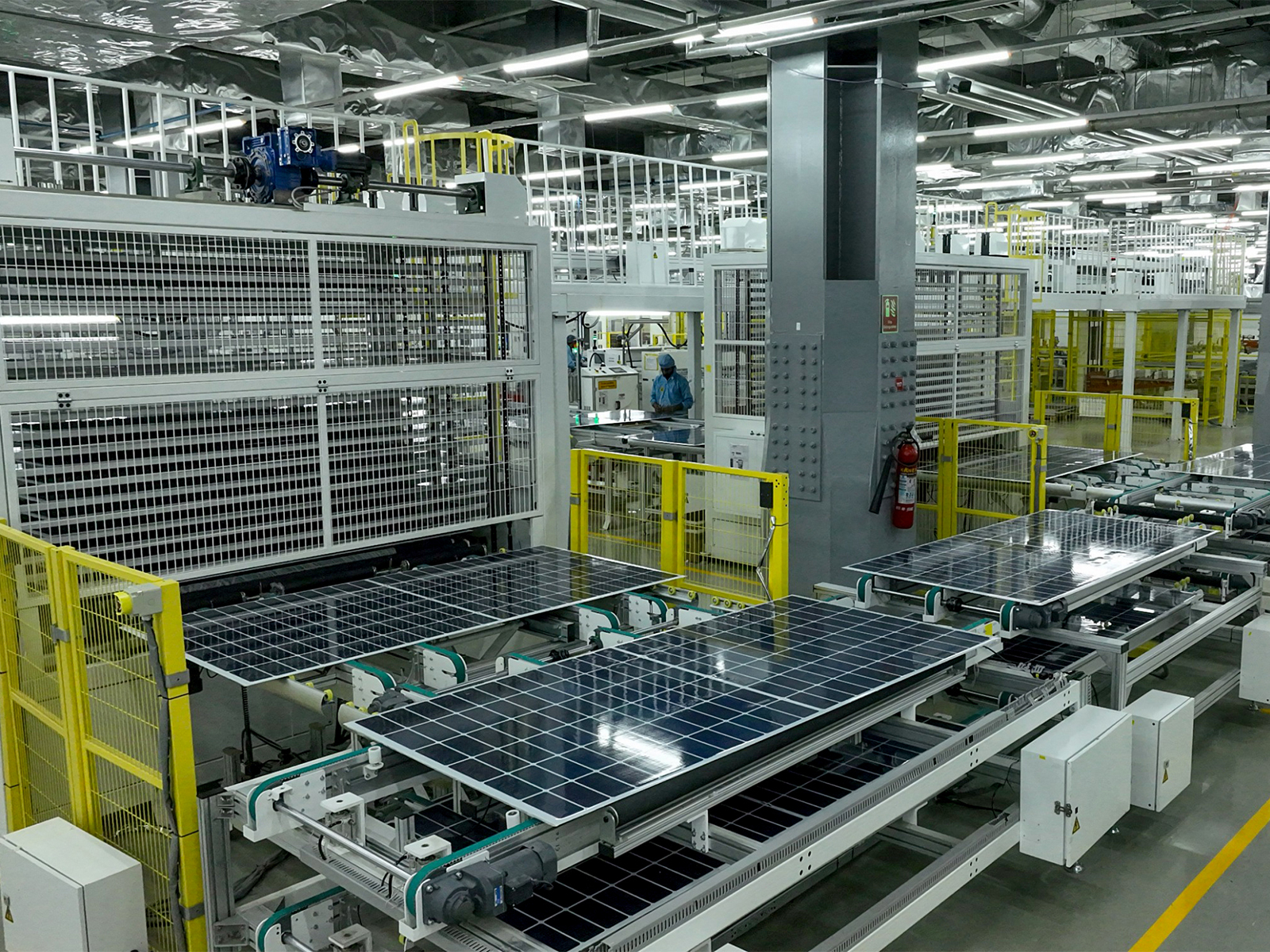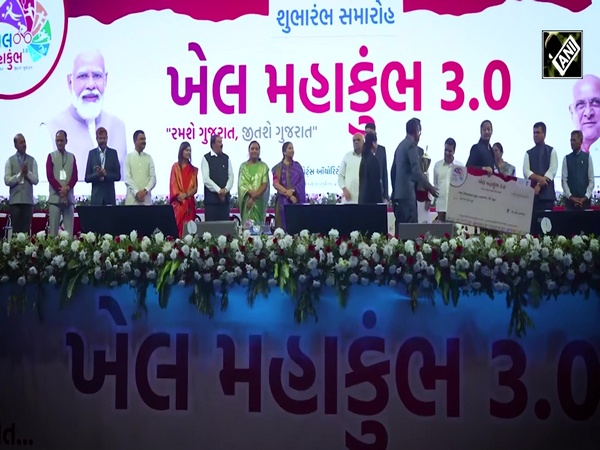RBI keeps overall 2023-24 growth and inflation forecast unchanged
Oct 06, 2023

Mumbai (Maharashtra) [India], October 6 : The monetary policy committee of the Reserve Bank of India (RBI) in its October review meeting kept overall 2023-24 growth and inflation unchanged from their earlier estimates, even as the central bank flagged concerns about high inflation.
"So far as the Reserve Bank is concerned, we have identified high inflation as a major risk to macroeconomic stability and sustainable growth," RBI Governor Shakitkanta Das said as part of his post-policy statement. "Accordingly, our monetary policy remains resolutely focused on aligning inflation to the 4 per cent target on a durable basis."
Retail inflation is projected at 5.4 per cent for 2023-24, with Q2 (Jul-Sep) at 6.4 per cent, Q3 (Oct-Dec) at 5.6 per cent and Q4 (Jan-Mar) at 5.2 per cent. For Q1 (2024-25 fiscal), it is projected at 5.2 per cent.
The MPC also decided by a majority of 5 out of 6 members to remain focused on withdrawal of accommodation to ensure that inflation progressively aligns to the target, while supporting growth.
Headline inflation in India rose to 7.8 per cent in July due to a surge in prices of food items like wheat, rice and vegetables, including tomatoes, to later fall to 6.8 per cent in August. Inflation data for September is due in next few days.
Vegetables, with a weight of around 6 per cent in the CPI basket, contributed to about one third of CPI headline inflation in July and to around one fourth of overall inflation in August.
"While near-term inflation is expected to soften on the back of vegetable price correction, especially in tomatoes, and the reduction in LPG prices, the future trajectory will be conditioned by a number of factors. For kharif crops, the area sown under pulses is below the level a year ago" the RBI governor said.
"Kharif onion production needs to be watched closely. Demand supply mismatches in spices are likely to keep these prices at elevated levels. The inflation trajectory will also be shaped by El Nino conditions and global food and energy prices. Together with global financial market volatility, these factors pose risks to the outlook," the RBI governor added.
"A silver lining amidst all these is declining core inflation (i.e., CPI excluding food and fuel). The overall inflation outlook, however, is clouded by uncertainties from the fall in kharif sowing for key crops like pulses and oilseeds, low reservoir levels, and volatile global food and energy prices. The MPC observed that the recurring incidence of large and overlapping food price shocks can impart generalisation and persistence to headline inflation," Das further said.
Coming to growth, RBI maintained real GDP growth for 2023-24 at 6.5 per cent with Q2 at 6.5 per cent; Q3 at 6.0 per cent; and Q4 at 5.7 per cent.
"The risks are evenly balanced," Das said. Real GDP growth for Q1 (2024-25) is projected at 6.6 per cent.
Meanwhile, the all-important key policy rate was kept unchanged at 6.5 per cent, thus maintaining status quo for the fourth straight occasions.
The three-day bi-monthly monetary policy committee (MPC) meeting of the RBI began on Wednesday, with financial market participants closely monitoring the outcome and the policy stance of the central bank for fresh cues.
RBI typically conducts six bi-monthly meetings in a financial year, where it deliberates interest rates, money supply, inflation outlook, and various macroeconomic indicators.
RBI in its past three meetings - April, June, and August -- held the repo rate unchanged at 6.5 per cent. The repo rate is the rate of interest at which RBI lends to other banks.
A relative decline in inflation, barring the latest spike, and its potential for further decline may have prompted the central bank to put the brake on the key interest rate. Inflation has been a concern for many countries, including advanced economies, but India has largely managed to steer its inflation trajectory quite well.
Barring the latest third straight pause, the RBI raised the repo rate by 250 basis points cumulatively to 6.5 per cent since May 2022 in the fight against inflation. Raising interest rates is a monetary policy instrument that typically helps suppress demand in the economy, thereby helping the inflation rate decline.



















